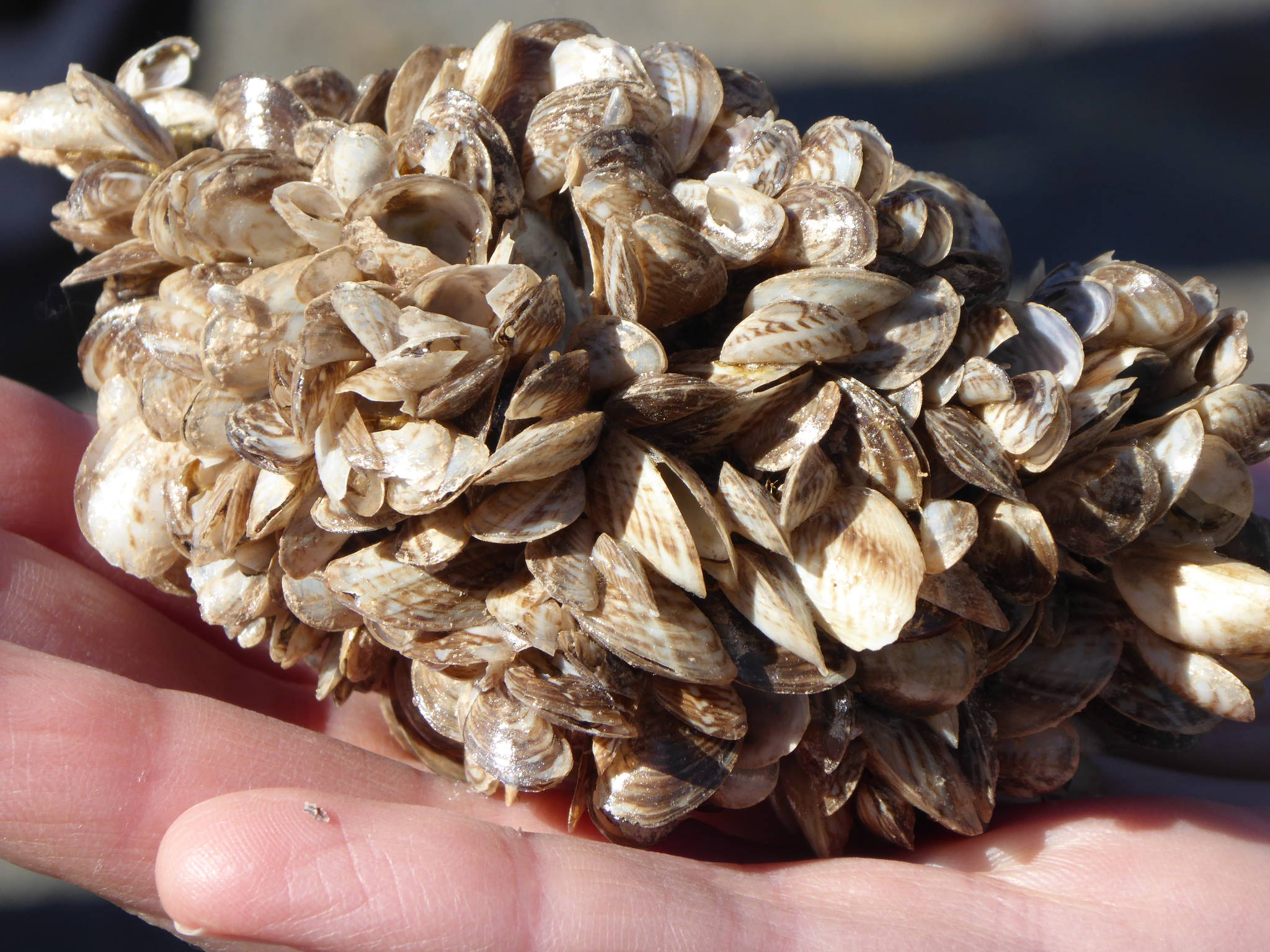The Okanagan and Similkameen Invasive Species Society (OASISS) has launched a short, educational video about the risk invasive mussels pose to local lakes.
Titled “Invasive Mussels: Why Care?”, the video highlights why citizens of the valley should care about the threat of invasive mussels.
Four individuals from various professions were interviewed and share how their industries would be affected if the mussels were to arrive.
The video also informs the public about what steps they can take to reduce the spread of invasive mussels.
The project is funded in part by the Okanagan Basin Water Board and is being run in conjunction with its “Don’t Move A Mussel” initiative.
“We are excited to see the public response to this educational video,” stated Lisa Scott, executive director of OASISS.
“We hope that it inspires more people to do their part in protecting our lakes from the threat of zebra and quagga mussels.”
Zebra and quagga mussels are non-native, freshwater mollusks originally from Eastern Europe and Western Russia. They were first introduced to the Great Lakes region in the 1980s, and since then have spread into lakes around North America, primarily by contaminated watercraft.
In regions where they are already established, invasive mussels damage sensitive ecosystems, clog water intake pipes and water infrastructure, reduce water quality, and impact tourism and the local economy.
To date, there has been no reported introduction of live zebra or quagga mussels into B.C. lakes or waterways.
Zebra and quagga mussels are not established in British Columbia, Alberta, Saskatchewan, Oregon, Idaho, or Washington.
The society plans to release additional videos throughout the summer.
“Given current circumstances, we are moving many of our outreach efforts to a digital platform,” said Scott.
“This video is the first of many new initiatives that we plan to implement this year.”
Prevention and education are considered priority management activities.



